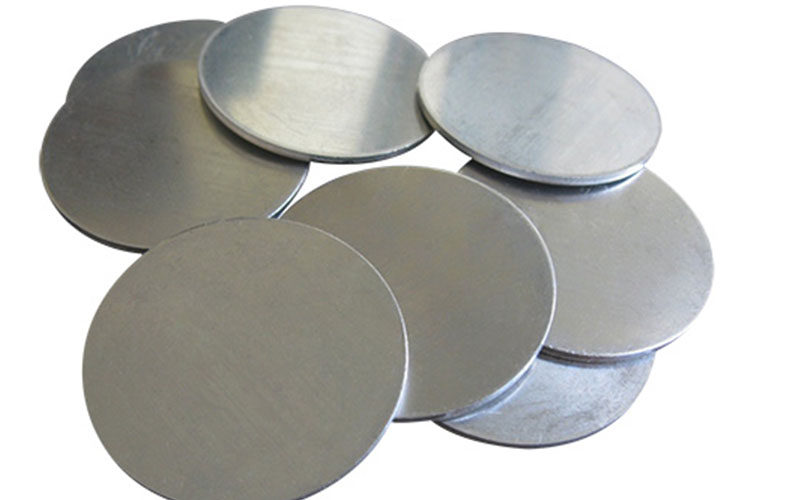What influences earring rate of aluminum circle discs
March 5, 2019
Featured by excellent heat conductivity, easy forming and low price, aluminium alloys are widely applied in aerospace, transportation and communication industries. One of the most frequently used product is the blank aluminum discs for deep drawing or spinning. Most purchasers ask for samples before putting a formal order, because they need to test the sample pieces first. In addition to mechanical properties, earring rate of discs like the aluminium circle 1050 is regarded as a key factor in estimation.
According to aluminium circle manufacturers in india, metal pieces would be featured by varied internal textures after being processed by different rolling types. The existence of textures lead to variation of properties, which is called anisotropy. Aluminum metal pieces with isotropic would have even edges after deep drawing, while those with anisotropy are featured by ripple-like edges, and these edges are called earring. Earring reduces quality of end products and eventually the rate of finished products. What are the factors influencing earring rate of blank aluminum discs, then? We would like to share two experiments here.

The first experiment aims to analyze the the anisotropic behavior of the mechanical properties of the industrial pure aluminum cold-rolled sheet for deep rolling of different processes and its influence on the deep-drawn earring. The results show that the different rolling processes make the tensile properties of pure blank aluminum discs exhibit different anisotropy, resulting in different earings which is especially influenced by the plastic strain ratio. The tensile properties change with direction. The smaller the degree, the less obvious the ear after the deep drawing of the sheet. The optimized process can produce a cup-shaped part with an ear-cutting rate of less than 2%, which meets the performance requirements of the finished product.
The second experiment takes 3004 aluminum circle discs as the test material, aiming to study the influence of asynchronous rolling on the deformation texture of the alloy and the corresponding ear-making rate. Experiments show that the main deformation textures of the asynchronous rolling and synchronous rolling plates are the same, both are pure copper texture {112}<111>+{213}<364>+{110}<112>, but the deformation texture produced by asynchronous is higher than that of synchronous rolling and is enhanced with the increase of the asynchronous rolling speed ratio. At the same time, the {001}<110> texture is also presented in the as-rolled circle discs. In addition, in the case of the same reduction ratio, the deep punching rate of the asynchronous rolled aluminum circle sheets is greater than that of the synchronous rolling.


 Nydia
Nydia
 Sales Manager
Sales Manager